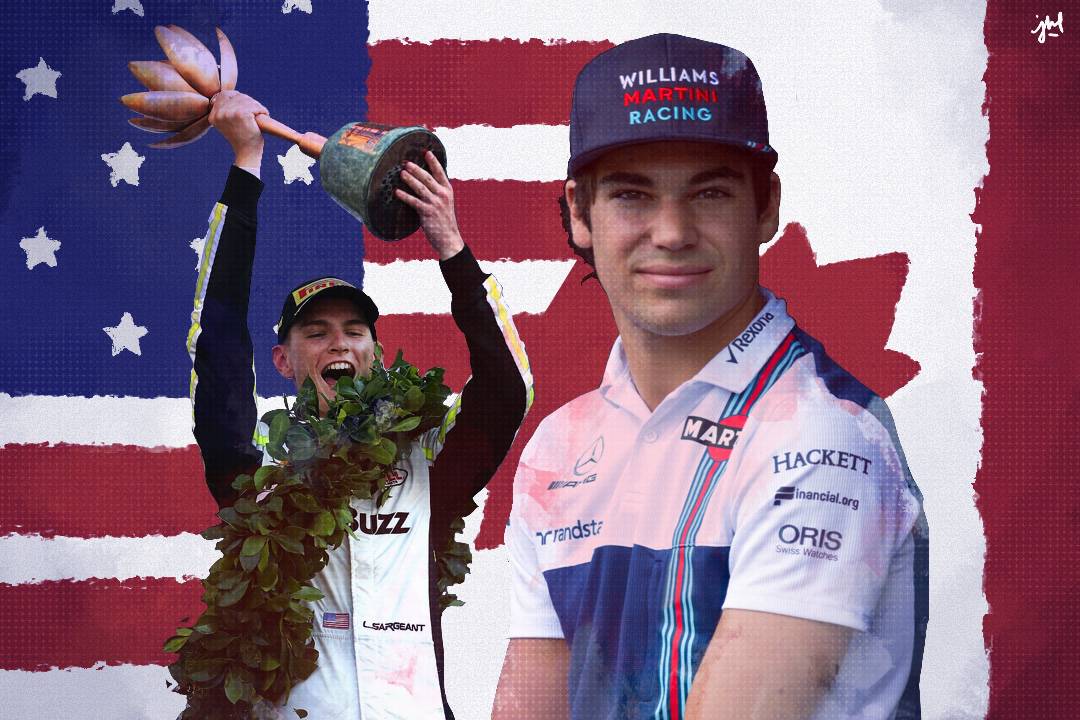The 2022 Formula One (F1) season has come to a close with the now two-time Drivers’ Champion, Max Verstappen, extending the record for most race wins in a season to 15 at the Abu Dhabi Grand Prix (GP), surpassing Michael Schumacher and Sebastian Vettel’s record of 13.
As always, the season’s end brings with it an array of emotions, with teams celebrating significant feats and victories, or wondering what could have been. This year, however, the Yas Marina Circuit carried an ambivalent air as the motorsport community bid farewell to Sebastian Vettel, Mick Schumacher, newly signed Red Bull reserve driver Daniel Ricciardo, and Canada’s own Nicholas Latifi.
Americans in motorsport
The loss of four drivers has created a hole in the F1 grid that has been filled by shuffling current drivers to new teams and introducing new talent to F1 from supporting racing series Formula Two (F2) and Formula Three (F3), such as F2 champion-turned-McLaren driver Oscar Piastri and Felipe Drugovich in the Aston Martin reserve. The Fédération Internationale de l’Automobile has, however, struggled to source participants from two large pools of talent: the North American racing circuit and the women’s racing series.
IndyCar series drivers Colton Herta and Pato O’Ward saw their induction to the pinnacle of motorsport interrupted and eventually terminated due to qualms with their super licence points. The system by which European motorsport operates has been a large inhibiting factor that has prevented North American drivers’ induction. This, however, has slowly been changing, with more Canadian and American drivers being inducted, such as the recently departed Latifi, Lance Stroll, and former F2 driver Logan Sargeant.
Women in Motorsport
The all-female racing championship, W Series, was cancelled with just three races left in its calendar due to a lack of funding just weeks before F1 launched the new Las Vegas race weekend, set to debut in the 2023 season. W Series was launched in 2018 as an F1 supporting category in a bid to offer a competitive pathway for women to break into the Formula Racing F3-F2-F1 pyramid.
Only two women have ever qualified to start in an F1 race: Maria Teresa de Filippis in the 1950 Monaco GP, and Lella Lombardi in the 1976 Austrian GP. Most recently, former Venturi Formula E Team Principal, Susie Wolff, conducted a Williams test in 2015 as the last woman to get close to an F1 drive.
The cancellation of the 2022 W Series season dealt a blow to the already fragile prospects for women in motorsport, which was already reeling from a few controversial comments made by F1 CEO Stefano Domenicali to the media at the end of the F1 summer break: “Realistically speaking, I don’t see — unless there will be something that will be like some sort of meteorite coming into the earth — a girl coming into F1 in the next five years.”
Recently, however, F1 has launched the F1 Academy as an alternative track toward Formula Racing that will run in tandem with the W Series and bolster the campaign for women in motorsport. Racing will commence in 2023 and consist of five teams and 21 races.
Domenicali has expressed excitement for the academy in an interview with F1 News. He said that women should be able to follow their dreams to achieve their full potential, and that F1 supports this goal: “The F1 Academy will give young female drivers the best chance to fulfil their ambitions through a comprehensive programme that supports their racing careers and gives them everything they need to move into F3 and hopefully to F2 and then the pinnacle of F1.”
The new initiative will take its first stride next season in coordination with the rest of the motorsport calendar and will hopefully deliver on its promise and goals.


